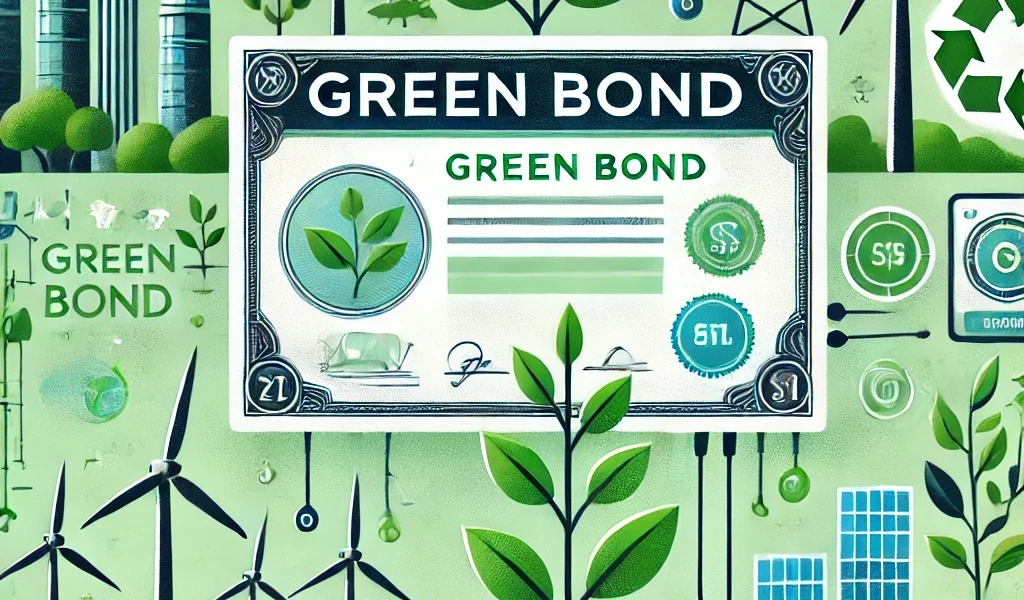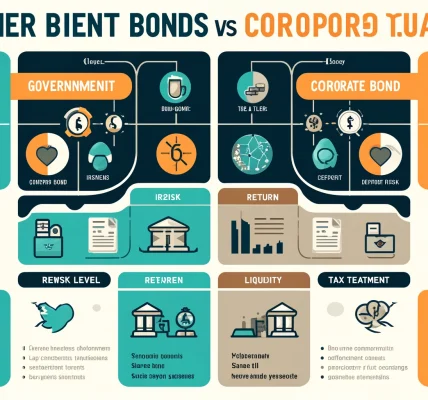In today’s rapidly evolving financial landscape, investors are increasingly seeking opportunities that deliver both financial returns and positive environmental impact. One such investment avenue gaining significant traction is green bonds. These bonds offer a unique way to align your portfolio with sustainable initiatives while enjoying competitive returns.
In this comprehensive guide, we will explore what green bonds are, their benefits and risks, how they work, and whether they fit into your investment strategy.
What Are Green Bonds?
Green bonds are fixed-income securities issued to raise capital for projects that have a positive environmental or climate impact. They work similarly to traditional bonds—investors lend money to issuers (such as governments, corporations, or financial institutions) and receive regular interest payments along with the return of the principal amount at maturity.
Key Features of Green Bonds:
- Use of Proceeds: Funds raised are allocated exclusively to environmentally friendly projects.
- Third-Party Verification: Many green bonds undergo independent reviews to ensure compliance with green standards.
- Transparency: Issuers often provide periodic reports on how proceeds are being used.
How Do Green Bonds Work?
- Issuance: A government, corporation, or other entity issues green bonds to raise capital for sustainable projects.
- Investment: Investors purchase the bonds, providing upfront capital.
- Interest Payments: Bondholders receive regular coupon payments (interest) over the bond’s lifespan.
- Maturity: Upon maturity, the issuer repays the initial investment (principal) to the investor.
Green bonds are issued by a variety of organizations, including:
- Governments (e.g., sovereign green bonds)
- Corporations (e.g., renewable energy firms)
- Supranational Institutions (e.g., World Bank)
Types of Projects Funded by Green Bonds
Green bonds finance a diverse array of eco-friendly initiatives, including but not limited to:
- Renewable Energy: Wind, solar, and hydropower projects.
- Energy Efficiency: Upgrading infrastructure to reduce energy consumption.
- Clean Transportation: Development of electric vehicles and public transit.
- Sustainable Water Management: Clean water supply and wastewater treatment.
- Biodiversity Conservation: Forest preservation and sustainable agriculture.
Benefits of Investing in Green Bonds
1. Financial Returns with Purpose
Green bonds offer competitive returns comparable to traditional bonds while contributing to environmental sustainability.
2. Portfolio Diversification
Including green bonds in your investment mix enhances diversification, reducing overall portfolio risk.
3. Support for Sustainable Development
Investors play a pivotal role in financing projects that combat climate change and promote a greener future.
4. Potential Tax Incentives
In some regions, green bonds offer tax benefits, such as exemptions on interest income.
5. Growing Market Demand
The green bond market is expanding rapidly, driven by increased investor interest and regulatory support.
Risks Associated with Green Bonds
While green bonds offer compelling advantages, they are not without risks. Key risks include:
1. Greenwashing Risk
Some issuers may exaggerate the environmental benefits of their projects. Mitigate this by investing in bonds with third-party certifications (e.g., Climate Bonds Standard).
2. Credit Risk
The risk of issuer default applies to green bonds just like any other bond. Assess the creditworthiness of the issuer through rating agencies (Moody’s, S&P, Fitch).
3. Liquidity Risk
Green bonds may have lower liquidity compared to traditional bonds, making it harder to sell them before maturity.
4. Interest Rate Risk
Bond prices are sensitive to interest rate fluctuations. Rising interest rates can reduce the market value of green bonds.
Green Bond Market Growth and Trends
The green bond market has witnessed explosive growth over the past decade. According to recent reports, global green bond issuance surpassed $500 billion annually, with projections indicating continued expansion due to increased environmental commitments and regulatory frameworks.
Key Market Drivers:
- Climate Policies: Government regulations and international climate agreements drive demand.
- Investor Preferences: Rising awareness of ESG (Environmental, Social, Governance) investing.
- Corporate Responsibility: Companies seek to enhance sustainability practices and reputations.
How to Invest in Green Bonds
1. Direct Purchase
Investors can buy green bonds directly through financial institutions or public bond markets.
2. Green Bond Funds and ETFs
Exchange-Traded Funds (ETFs) and mutual funds specializing in green bonds offer diversified exposure.
3. Government Programs
Check if your local government offers green savings bonds or other sustainable investment options.
Evaluating Green Bonds: Key Considerations
When choosing green bonds, assess the following factors:
- Issuer Credibility: Verify the issuer’s reputation and credit rating.
- Use of Proceeds: Ensure funds are allocated to verifiable green projects.
- Certification: Look for bonds certified under recognized frameworks (e.g., Climate Bonds Initiative).
- Yield vs. Risk: Compare returns against potential risks and market conditions.
Legal and Regulatory Considerations
Green bonds are subject to the same legal and regulatory frameworks as conventional bonds. Compliance with international standards, such as the Green Bond Principles (GBP), helps ensure transparency and credibility.
Investors should:
- Conduct due diligence before investing.
- Review the bond’s prospectus and reporting standards.
- Stay informed on tax implications and regulatory changes.
Are Green Bonds Right for You?
Green bonds are ideal for investors who:
- Seek stable, long-term returns.
- Prioritize sustainability and want to support environmental initiatives.
- Want to diversify their fixed-income portfolio.
If you value both profit and positive impact, green bonds present a compelling investment opportunity.
Conclusion
Green bonds offer a powerful way to align your investments with your values while generating attractive financial returns. As the market continues to grow, they represent a unique opportunity to contribute to a sustainable future.
Whether you are an individual investor or an institution, green bonds can play a vital role in fostering environmental sustainability while enhancing your financial well-being.
Always consult with a qualified financial advisor to ensure your green bond investments align with your broader financial goals and risk tolerance.




